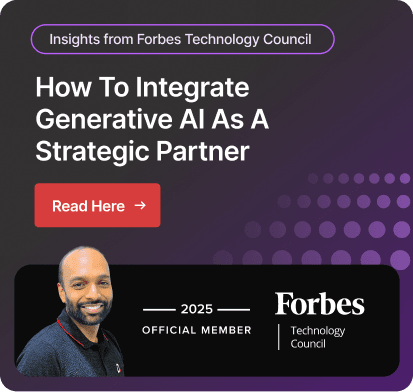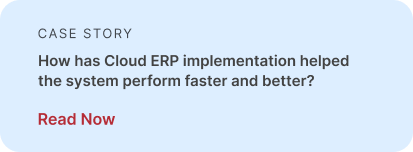8 Best CRM for Nonprofit Organizations in Canada | 2025
Many think CRM is only for businesses. So how can it help a nonprofit? This is a common question from nonprofit leaders, and the answer may surprise you.
Did you know that CRM for nonprofit organizations is one of the strongest tools that a nonprofit can employ to enhance the relationships with their supporters, simplify the process of tracking the donations, and maximize the overall impact?
Just think of a world where nonprofit organizations can organize their work more efficiently, contact their supporters more effectively, and extend their mission even further, all with just one tool- a nonprofit CRM.
In this article, we will share key points about CRM nonprofit. This includes what it is, the best CRM for nonprofit organizations, important features, and how to choose the right one for your organization.
First, let us understand what CRM for nonprofit organizations really means.
What is CRM in nonprofit organizations?
A nonprofit CRM is your digital assistant, only it is super-smart, and it aids your organization in organizing and nurturing every single relationship. Regardless of whether they are its supporters, donors, volunteers, or partners, a CRM non profit organization stores all their information in one single, accessible, and convenient location.
It is an application that enables one to record conversations, follow up on gifts, deliver personalized messages, and organize future drives while saving a lot of precious time. A great CRM Software is not only about the storage of information but also about converting the data into meaningful information so as to increase participation and increase the impact of your organization.
Best CRM for Nonprofit Organizations
With so many CRM systems available, how do you know which is the best nonprofit CRM? Here is a brief overview of some of the most popular contenders in this field:
Microsoft Dynamics 365 CRM

Microsoft Dynamics 365 is a flexible, enterprise-grade Microsoft Dynamics CRM that can be tailored for the unique needs of nonprofit organizations. As a Dynamics CRM, this is a powerful tool that integrates effortlessly with other Microsoft tools. It’s especially suitable for organizations already aligned with Microsoft products and looking for a comprehensive CRM system.
Key Features:
- Customizable donor, volunteer, and campaign management
- Native integration with Microsoft Teams, Outlook, and Excel
- Advanced reporting and AI insights
- Scalable for small nonprofit to large non profit organizations
Best For:
Medium to large nonprofits looking for a Microsoft Dynamics CRM with high customization and deep Microsoft integration.
Also Read: Case Study- Microsoft Dynamics CRM Implementation for Nonprofit
Bloomerang
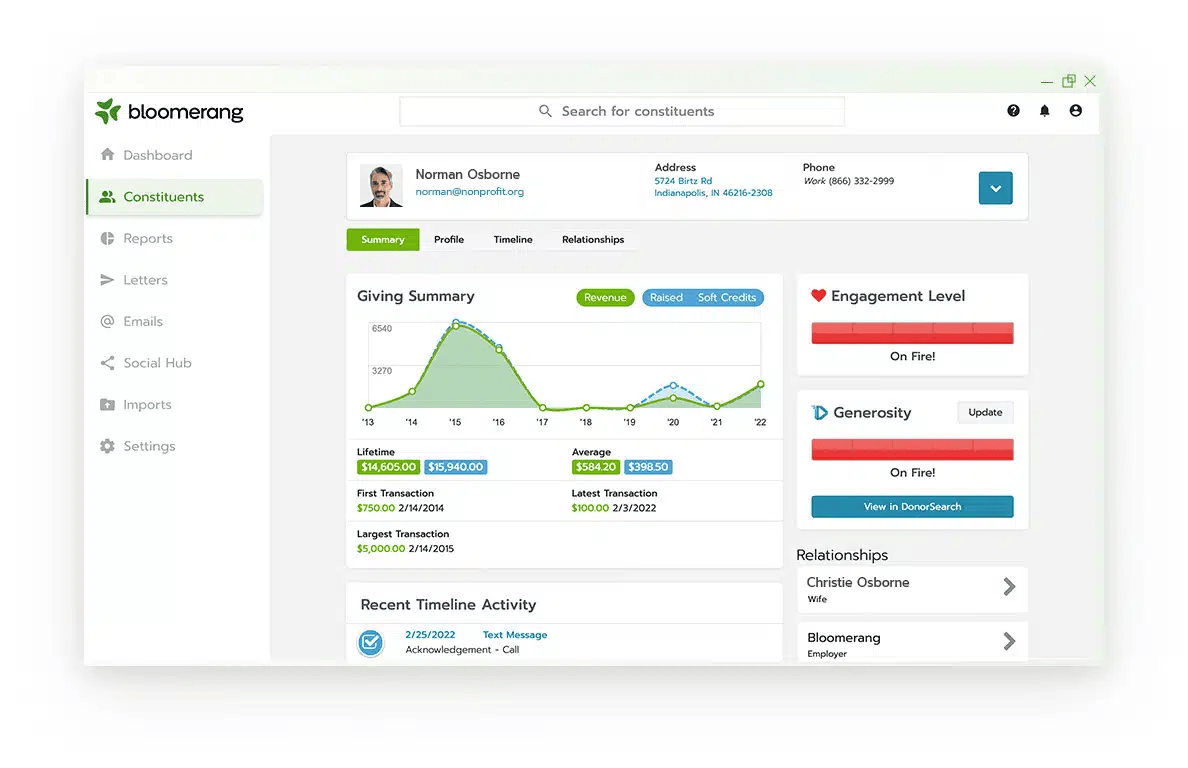
Bloomerang is widely known for its focus on donor retention and engagement. It’s designed to help small and medium-sized nonprofit organizations build stronger relationships with supporters.
Key Features:
- Donor engagement tracking and analytics
- Email marketing and reporting tools
- Integrations with Mailchimp, QuickBooks, and more
- Mobile-friendly interface
Best For:
Small nonprofits focusing on donor engagement and retention without complex setup
Salesforce Nonprofit Cloud
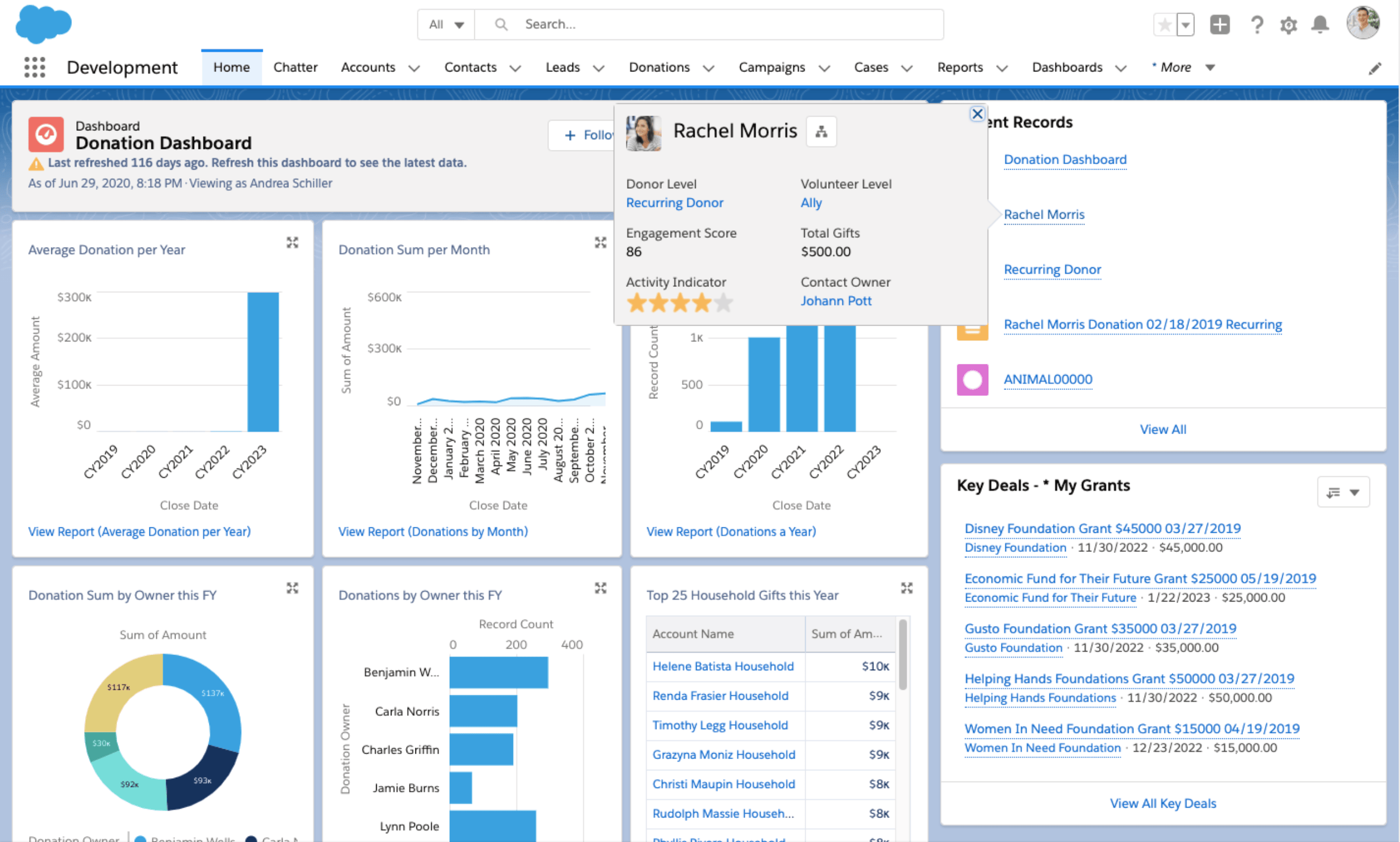
As one of the most popular and robust non-profit CRM solutions, Salesforce’s Nonprofit Cloud offers scalable CRM capabilities designed for large and growing nonprofits.
Key Features:
- Donor and campaign tracking
- Program and volunteer management
- AI-powered insights with Salesforce Einstein
- Scalable for small nonprofit to global organizations
Best For:
Nonprofits that need a highly flexible, scalable CRM system with strong customization and integration capabilities.
Blackbaud Raiser’s Edge NXT
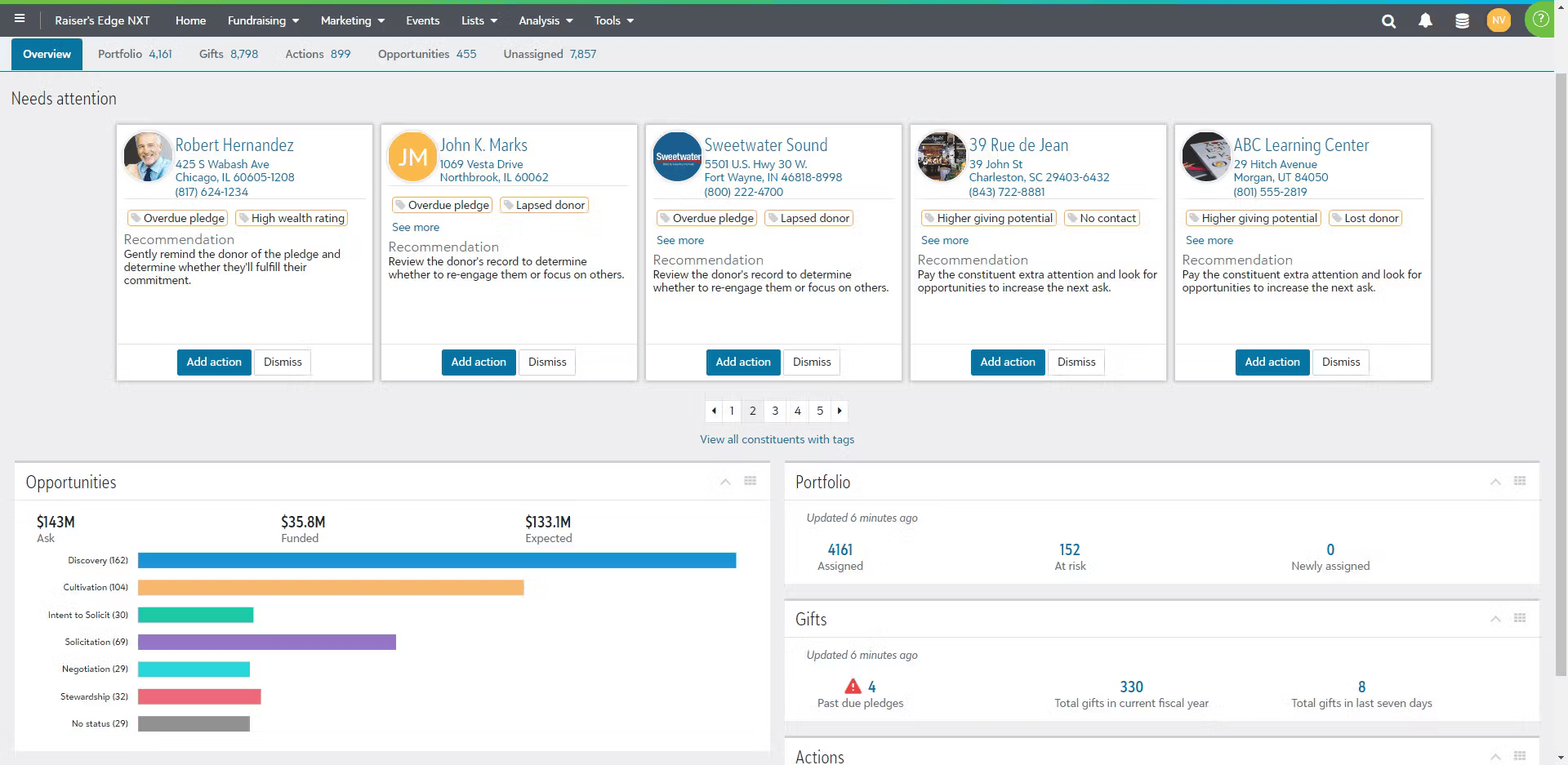
Part of Blackbaud’s extensive suite of fundraising and nonprofit software, Raiser’s Edge NXT is a cloud-based CRM tailored specifically for nonprofits, large and small.
Key Features:
- Fundraising and donor relationship management
- Event and volunteer management tools
- Cloud access and mobile functionality
Best For:
Large nonprofits needing advanced fundraising capabilities and integrated CRM nonprofit solutions.
Virtuous
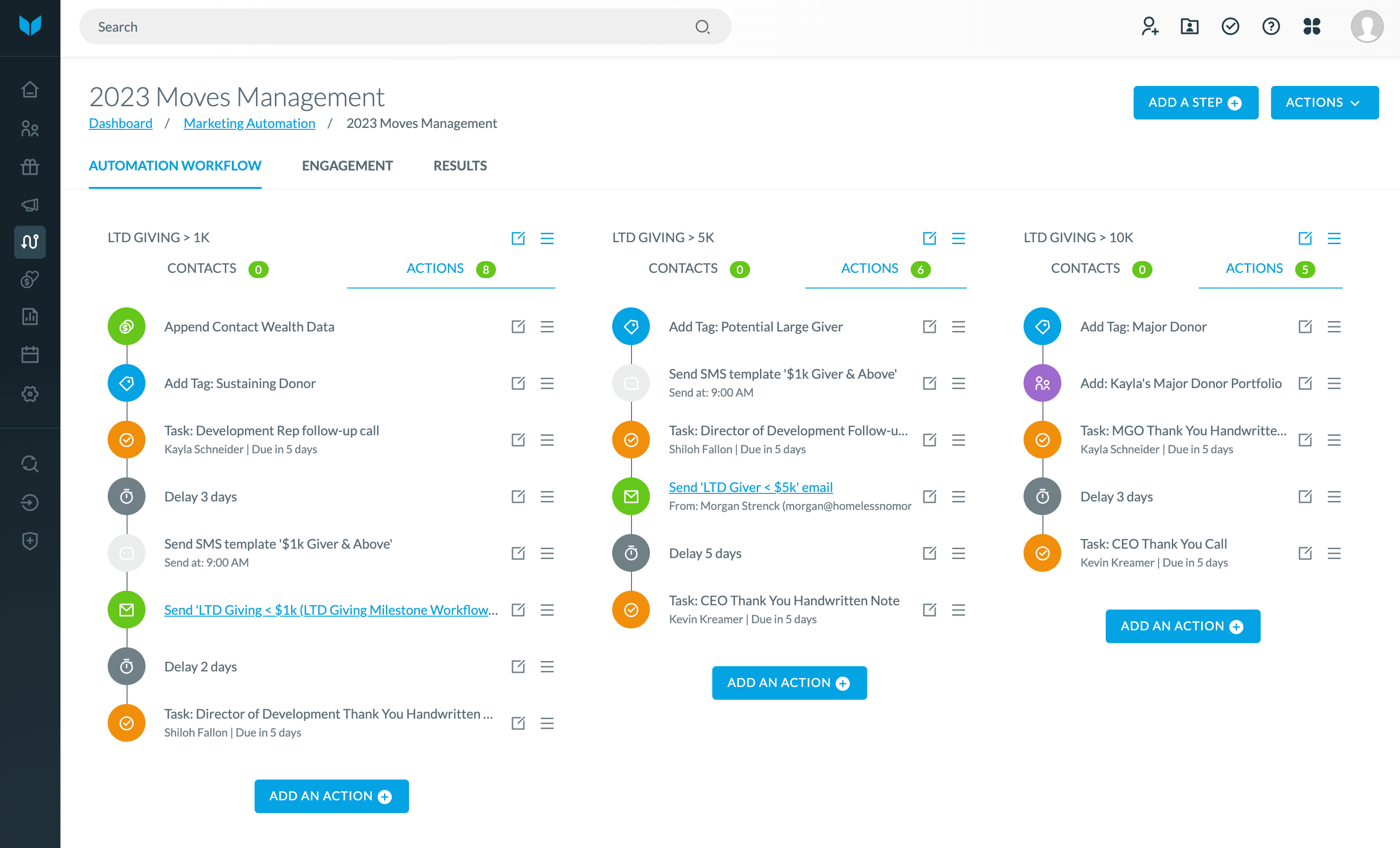
Virtuous offers a modern, donation-focused CRM with an emphasis on fundraising automation and supporter engagement.
Key Features:
- Automated donor journeys
- Advanced reporting and insights
- Online giving integrations
Best For:
Nonprofits wanting automation-focused donor relationship management.
GoFundMe PRO
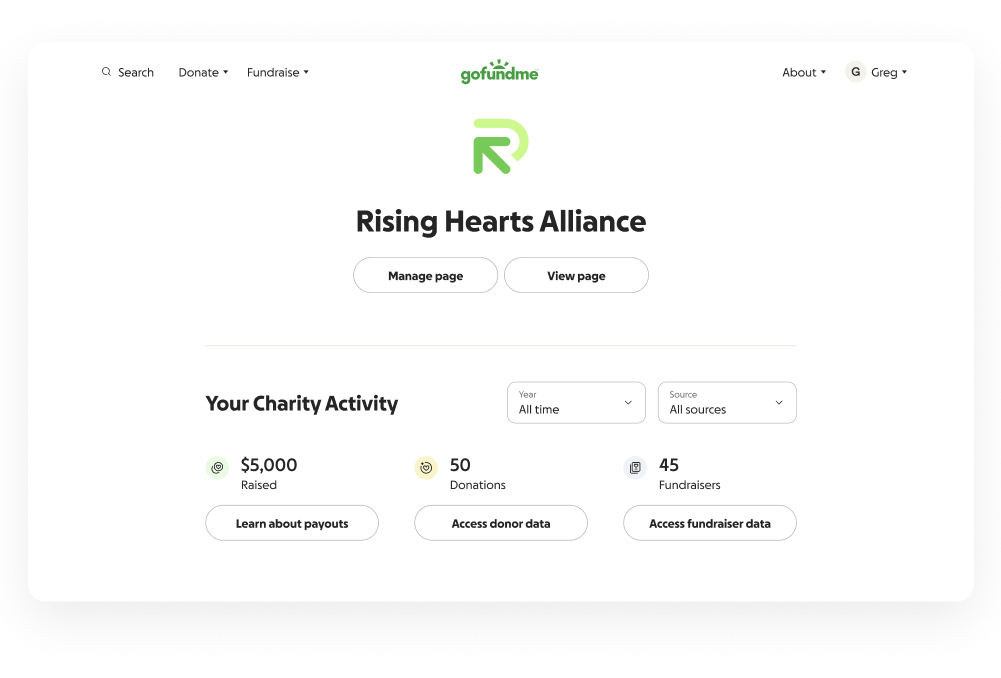
GoFundMe pro is a dedicated platform mainly for peer-to-peer fundraising and large campaign drives. It’s particularly popular among nonprofits leveraging crowdfunding.
Key Features:
- Peer-to-peer fundraising tools
- Campaign management dashboard
- Social sharing integration
Best For:
Nonprofits running large-scale fundraising or community-driven campaigns.
DonorPerfect
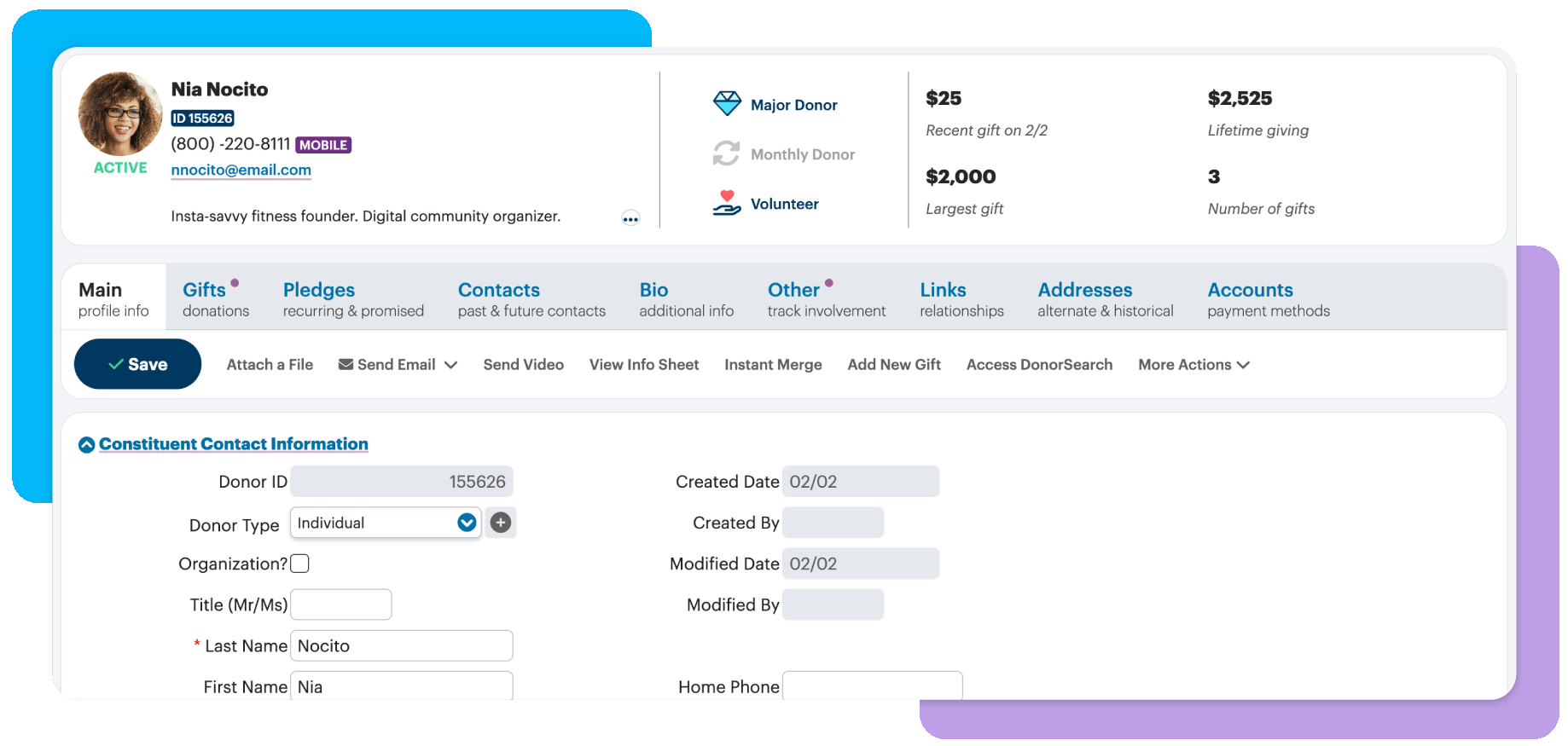
Donor Perfect is a long-standing fundraising CRM for small non profit to mid-sized non-profits that want an easy-to-use system that scales.
Key Features:
- Donor database and reporting
- Online donation tools
- Email marketing and event management
Best For:
Nonprofits wanting an easy-to-use CRM that scales as they grow.
CharityEngine
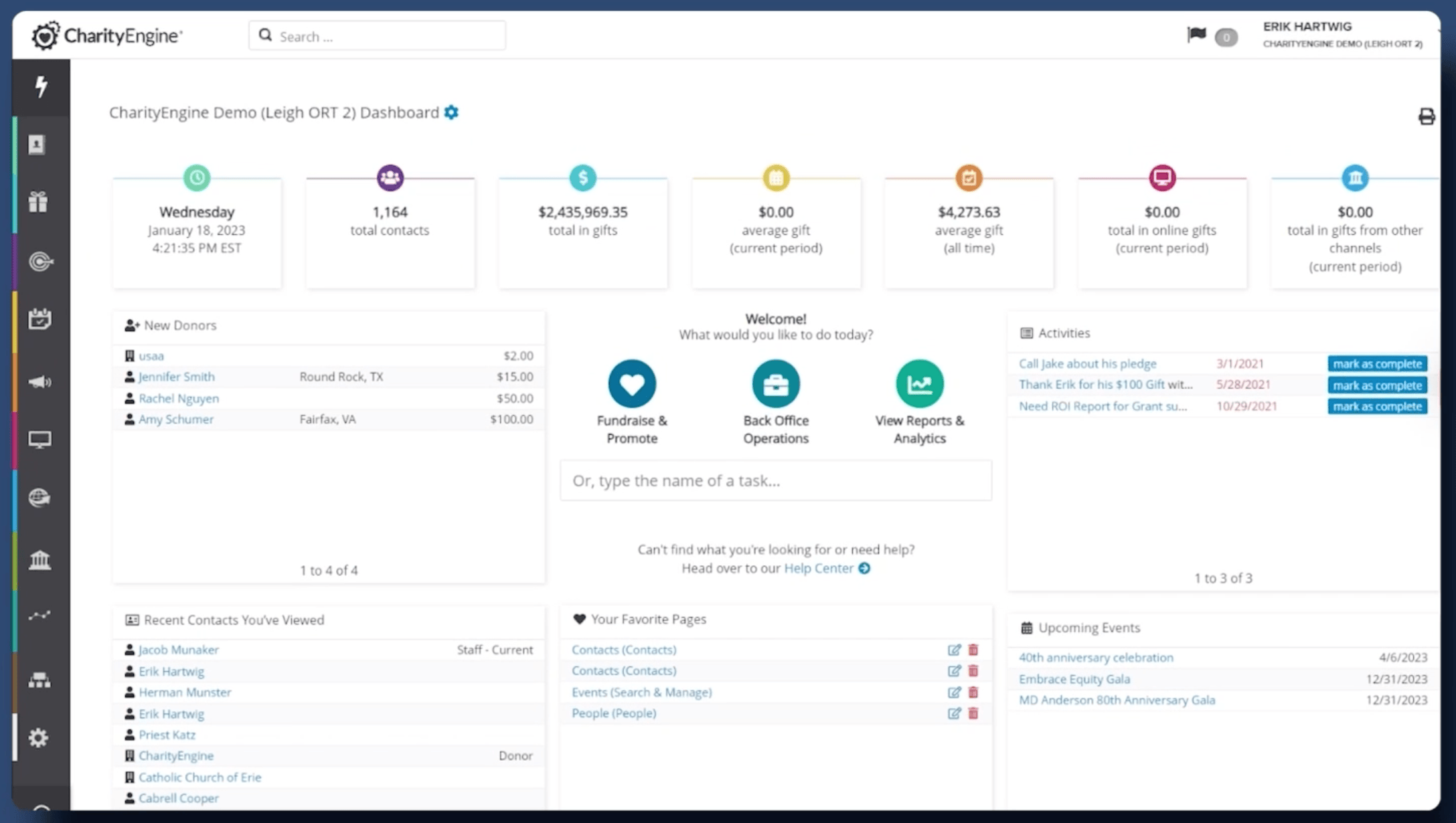
CharityEngine offers a comprehensive platform combining CRM, fundraising, event management, and marketing automation.
Key Features:
- Integrated CRM, fundraising, and donor tools
- Email and marketing automation
- Payment processing and event registration
Best For:
Nonprofits seeking a complete solution for donor, event, and fundraising management in one system.
Now you might be wondering why CRM systems are important for nonprofit organizations. So let's take a look at some of the features and benefits.
Key Features and Benefits of CRM in Nonprofits
Features of CRM in Nonprofits
Donor Management
Monitor, track, and segment donors based on their giving history, level of engagement, and event participation, among others.
Volunteer Tracking
Keep records on hours of volunteers, their positions, their schedule availability, and communications in order to ensure better coordination and contact with the aim of increased appreciation.
Campaign Management of Fundraising
Design, program, and track campaigns through various channels, email, social media, or an event in one centralized system.
Automation of Communication and Email
Utilize automated emailing and newsletters that include built-in templates to send targeted messages and reminders about an event.
Event Management
Stages of conducting or organizing events include managing invitations, registrations, check-ins, and follow-ups.
Reporting and Analytics
Get real-time dashboards and custom reports to understand the impact, ROI of campaigns, donor retention, and much more.
Integrations
Integrate well with third-party applications such as accounting software, payment gateways, and social sites.
Tracking of constituent relationship
Have a 360-degree overview of the journey of every supporter—emails, donations, meetings, and notes.
Advantages of CRM within Nonprofits
Better Donor Retention
Nonprofits have a chance to develop long-term relationships and enhance the loyalty of their donors by learning the techniques of supporter behavior and sending customized outreach.
Increased Team Performance
Through centralized data and automation of workflows, teams have fewer things to do on administrative duties and more to do on the mission.
The Data-Driven Decision-Making
CRMs have immensely powerful analytics to determine trends, success measurement, and strategic planning.
More Fundraising Success
Specific campaigns, segmentation of donors, and live monitoring contribute to effective increases in funding.
Streamlined Operations
In terms of monitoring the volunteers or organizing follow-ups, CRMs minimize duplication and keep every team in harmony.
Transparency and accountability
Reporting in detail helps the nonprofits remain in compliance with the grantors, boards, and stakeholders.
Scalability
Your CRM can grow, too, as your nonprofit grows, and it can be used to support grander campaigns, more donors, and extended services offered.
Steps for Successful CRM Implementation in a Nonprofit Organization
HERE is a simple step-by-step guide to the successful CRM implementation in your nonprofit:
1. Strategize Your Goals and Needs
Begin by clearly defining what your organization aspires to do with a CRM. Are you interested in making better donor communications, more efficient volunteer management, and fundraising? Being aware of what is important will enable you to establish a specific agenda.
2. Evaluate Your Existing Processes
Take a look at the way relationships, donations, and activities are currently being handled in your organization. Know the lack, suffering points, and improvement. This assessment will ensure that the CRM meets actual needs rather than creating additional redundancy.
3. Include the Stakeholders and Establish a Team
Put in place essential employees and volunteers, as well as board members, who will work on or supervise the CRM. Early engagement of stakeholders will mean consulting them about their needs and establishing some form of support, and in the process, it will become easy to train them later.
4. Research and Select The Right CRM System
Using your goals and needs analysis, find out what nonprofit CRM software is available, including Microsoft Dynamics 365, Salesforce Nonprofit Cloud, or lower cost-based systems like Little Green Light. Think ease of use, scalability, integration ability, and cost.
Tip: Ask for demos, interview existing users, and check trial versions.
5. Design Your Data Migration
Determine the data that has to be transferred into the new CRM based on the current systems, spreadsheets, or paper systems. To avoid problems later on, make sure that data is clean and proper before migration happens.
6. Build Your Structure CRM
Collaborate with a CRM provider or the inner-corporate team to adjust fields, categories, and processes to the requirements of your organization. Establish modules for donors, volunteers, events, activities, and campaigns.
7. Educate Your Personnel
This should be done through elaborate training on the various responsibilities of the different users of the product. Train employees and volunteers so they have sufficient understanding and can use the CRM comfortably and efficiently.
Tip: Be selective between workshops, tutorials, and user manuals.
8. The System Testing
Carry out a pilot test of a small group before going live. Please collect feedback, identify any issues, and address them accordingly. The testing will help ensure a smooth operation during the full launch.
9. Go Live
Please proceed with launching the CRM within your organization. All stakeholders should receive clear messages, and users should receive support during the transition.
10. Optimize and Monitor
Monitor the performance of the CRM. Are staff members using it correctly? Have you reached your goals? Periodically inspect the data of usage and feedback by users and improve workflows, add features, or update training.
11. Maintain Ongoing Support
Provide ongoing trainings, upgrades, and support such that your team is able to sustain the application. When your organization changes, reexamine your CRM design and objectives to ensure that systems remain consistent with your course.
For example, a healthcare charity uses Dynamics 365 to automate its volunteer scheduling, resulting in hundreds of hours saved each year and an increase in volunteer retention.
How to Choose the Right CRM for Your Nonprofit
Choosing the best CRM for non profit is not a question of the bells and whistles, but it is knowing what fits your needs. Here is a quick way in which to make that choice:
1. Examine Your Requirements
Do you require donations management, member recruiting, or event signups?
How big is your organization? Small nonprofit or big NGO?
2. Set a Budget
There are economical solutions such as Little Green Light.
More expensive, yet possessing vast capabilities, are such ones as Salesforce or Dynamics 365.
Also Read: Business Central Salesforce Integration
3. Considerations of Integration
Is your CRM going to integrate with your current tools, such as email marketing, accounting software, or social media?
4. User-friendliness and Education
Select a nonprofit CRM that has great support and training options, one that your team can learn in little time.
5. Scalability
Your organization is going to expand; choose the best CRM non profit software that suits your growth.
6. Help and Neighborhood
You can find a Microsoft Dynamics Partner in case you need professional assistance, in particular in the Dynamics 365 implementation.
How Dynamics Square Can Help
At Dynamics Square, a Microsoft Gold Partner, we step around and enable organizations to maximize the potential of Dynamics 365. Whether it is setting up donor management processes, automating volunteer contact, or making the grant tracking process smoother, our custom implementation package guarantees that your CRM is just as it should be.
Contact us at +1 778 381 5388 or at info@dynamicssquare.ca when you need additional advice on what is the best nonprofit CRM to choose or you want to talk to experts about the implementation of Dynamics 365.
People Also Ask:
1. Why do charities need a CRM?
Charities need a CRM to:
- Build and manage donor relationships
- Track donations and fundraising activities
- Improve communication with supporters
- Save time through automation and reporting
2. What is the best CRM for nonprofits?
Some of the best CRMs for nonprofits based on features, affordability, and support:
- Microsoft Dynamics 365
- Salesforce Nonprofit Cloud
- Bloomerang
- Kindful
- Neon CRM
3. What is the simplest CRM to use?
The simplest CRMs for nonprofits include:
- Microsoft Dynamics 365: More powerful, but now easier with guided setup and templates.
- Bloomerang: Easy to navigate, focused on donor retention
- Little Green Light: Affordable, intuitive interface
- DonorSnap: Great for small teams and first-time CRM users
4. What are the three basic types of CRM?
The three main types of CRM systems are:
- Operational CRM: Automates processes (e.g., email, campaigns)
- Analytical CRM: Analyzes donor and fundraising data
- Collaborative CRM: Enhances communication across departments

